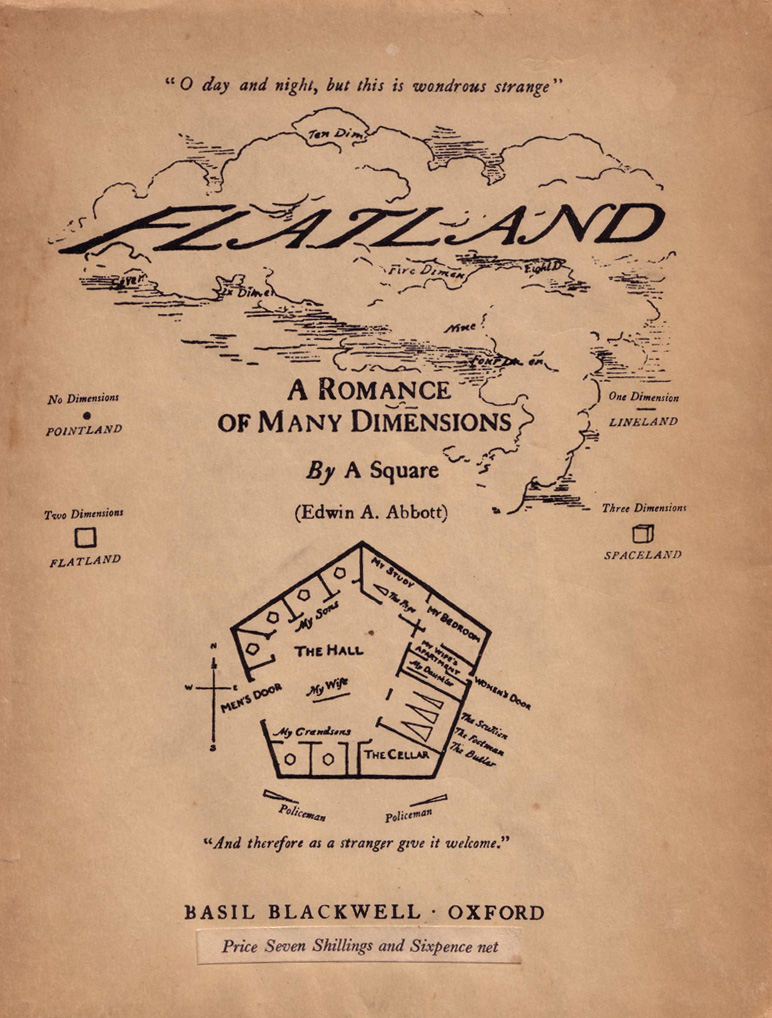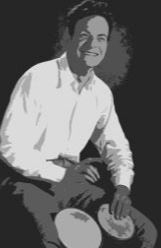
Imagine a scenario. You guests are coming to meet you for the first time. How will you guide them home?
You need to give them a 'frame of reference' (a map). You need to tell them the distance to be covered by them in a specific direction. When it is a straight path, you just need to tell the distance to be covered & they are home. When it is not, ask them to refer to the map & check the distance & direction. When your home is on 1st floor (or underground), they need to cover that height (or depth) to meet you. Mathematically, you just utilized an idea called 'dimension'. Roughly speaking, it is the number of coordinates (direction & distance in the above scenario) needed to specify a point (your home) on the object (your map).
In our daily life we encounter objects, shapes & even ideas that have dimensions, so to speak. When we say time, it has a past or a present or a future. So it has one single dimension (1D). One face of your school note book is rectangular. Rectangles have both length & breadth, two dimensions (2D). Your note book as a whole has length, breadth & a certain height. Therefore it is three dimensional (3D).
When you play with dimensions, many interesting things happen. One of the most interesting introductory book on dimensions is Edwin Abbott's Flatland. Famous science fiction writer Isaac Asimov, in his foreword described Flatland as "The best introduction one can find into the manner of perceiving dimensions."

You can download a copy of this 1884 classic from here.
TED Ed has come up with a brilliant short video on the same story.
Minute Physics introduces in his imitable style, all in 1 minute.
Here he argues the case just because there are four dimensions doesn't mean there's a "fourth dimension".
There are science communicators & there is Carl Sagan. Here is a video clip from his classic TV show that later turned out into a best selling book "Cosmos" where he explains 4th dimension. Simple & elegant.
Add more dimensions to you mathematical explorations!
(first published in Teachers of India in July 2015)






















Write a comment ...